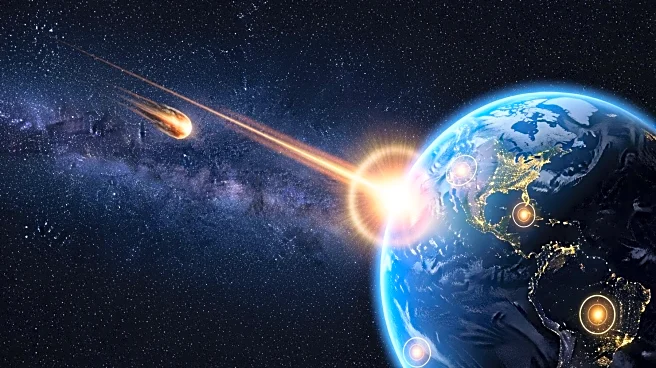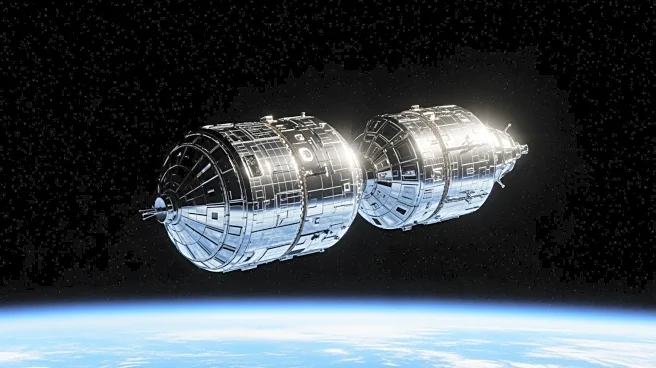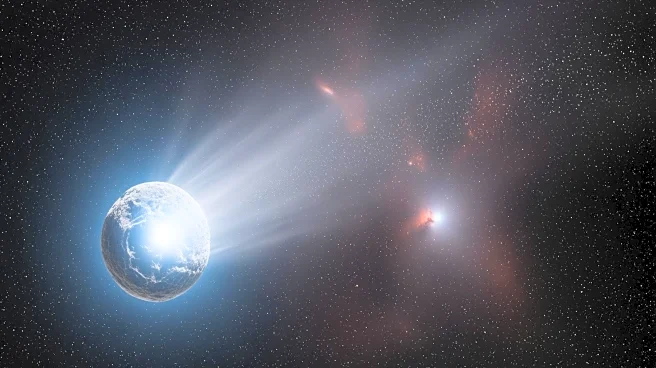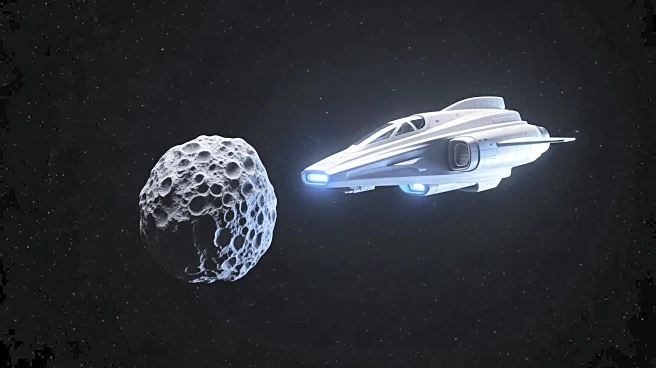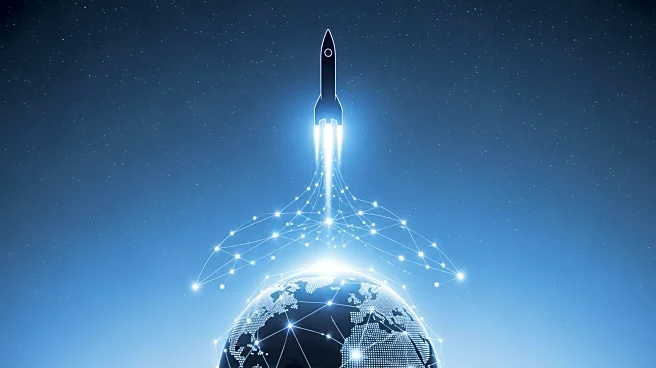What's Happening?
A team of researchers led by Darryl Seligman from Michigan State University has conducted simulations to determine the most likely impact zones for interstellar objects on Earth. These simulations suggest
that potential impactors are most likely to have low velocities and orbits with low eccentricity, increasing their chances of colliding with Earth. The study indicates that impacts are more probable during winter when Earth is positioned in the direction of the antapex, and these objects are likely to strike at low latitudes near the equator, with a slight preference for the Northern Hemisphere. The research highlights the role of M-star systems, the most abundant type of star in the Milky Way, as potential sources of these interstellar objects.
Why It's Important?
Understanding the potential impact zones for interstellar objects is crucial for planetary defense strategies. The study provides insights into how these objects, which may originate from M-star systems, could pose a threat to Earth. By identifying the conditions under which these objects are most likely to collide with Earth, researchers can better prepare for potential future impacts. The findings also emphasize the importance of monitoring interstellar objects, as their slow velocities make them susceptible to being captured by the Sun's gravity, potentially altering their paths towards Earth. This research contributes to the broader understanding of space threats and the need for continued vigilance in tracking celestial objects.
What's Next?
While the study offers valuable insights, it remains hypothetical, and no immediate threat from interstellar objects has been identified. Researchers will continue to monitor space for potential impactors and refine their simulations to improve predictions. The scientific community may also explore further the origins and trajectories of interstellar objects to enhance detection and tracking capabilities. Additionally, discussions on planetary defense measures may be prompted by these findings, encouraging collaboration among international space agencies to develop strategies for mitigating potential impacts.
Beyond the Headlines
The study raises questions about the broader implications of interstellar objects and their potential connections to alien intelligence and technology. While the focus remains on the physical threat these objects pose, the possibility of unknown technologies or materials entering our solar system could have significant scientific and cultural impacts. Furthermore, the research underscores the need for global cooperation in space exploration and defense, as the potential impact zones include densely populated areas, highlighting the importance of international collaboration in safeguarding Earth.
